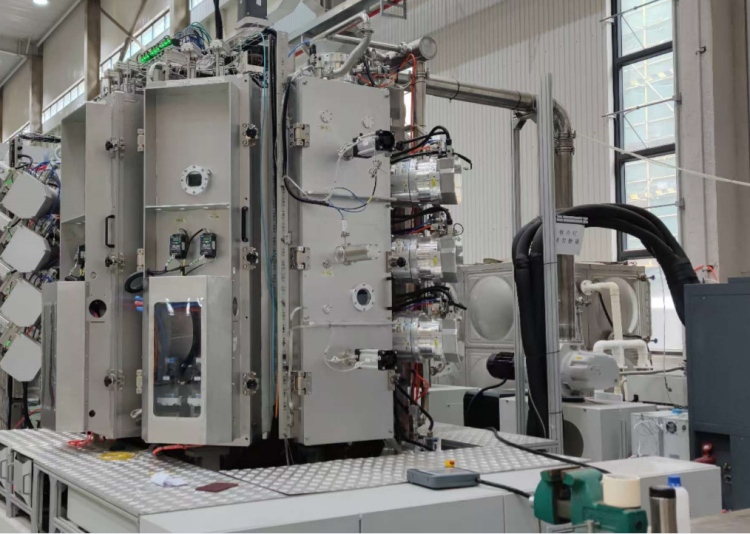Service Hotline
Matters to be noted in cross-regional instrument calibration and the response to the differences in metrological regulations among different regions
With the rapid development of science and technology today, the calibration of instruments and equipment is becoming increasingly important. However, cross-regional instrument calibration, due to involving different regions, may encounter various issues such as non-uniform calibration standards, differences in calibration regulations, certification of calibration institutions, and calibration costs and time costs. Therefore, understanding the matters to be noted in cross-regional instrument calibration and the differences in metrological regulations among different regions is particularly important.
1. Matters to be noted in cross-regional instrument calibration
be noted in cross-regional instrument calibration
Compliance with Calibration Regulations: Different regions may have different metrological regulations, therefore, when calibrating instruments, it is necessary to ensure compliance with local relevant regulations. For example, China's
Qualification certification of calibration institutions: Before instrument calibration, it is necessary to choose calibration institutions with relevant qualifications. These institutions need to pass the qualification certification of the national or local quality and technical supervision departments and have the corresponding calibration capabilities. In addition, it is also necessary to check whether the calibration institution has the ISO/IEC 17025 standard certification to ensure the scientificity and fairness of the calibration process.
Calibration costs and time costs: Cross-regional instrument calibration requires consideration of calibration costs and time costs. When choosing a calibration institution, comprehensive consideration should be given to its service costs, calibration cycle, and the accuracy of calibration results to ensure the optimal cost-performance ratio.
given to its service costs, calibration cycle, and the accuracy of calibration results to ensure the optimal cost-performance ratio.
Professionalism of calibration personnel: Calibration personnel should have the corresponding professional qualifications, understand the performance and working principles of the instruments and equipment, possess proficient operational skills and rich calibration experience. At the same time, attention should also be paid to the training and certification of calibration personnel to ensure that they have the relevant qualifications.
operational skills and rich calibration experience. At the same time, attention should also be paid to the training and certification of calibration personnel to ensure that they have the relevant qualifications.
II. Response to the Differences in Metrological Regulations Among Different Regions
Regulations for standardization: Different regions may have different standardization regulations, such as China's 'Assessment Measures for Metrological Standards' and 'Standardization Law', which need to be adjusted according to local regulations. At the same time, attention should also be paid to the relevant standards of the International Organization for Standardization (ISO) and the International Organization of Legal Metrology (OIML) to ensure the international compatibility of instrument calibration.
Regulations for metrological standards: Different regions may have different metrological standard regulations, such as China's 'Assessment Measures for Metrological Standards' and 'Assessment Specifications for Metrological Standards', which need to be adjusted according to local regulations. At the same time, attention should also be paid to the relevant standards of the International Organization for Standardization (ISO) and the International Organization of Legal Metrology (OIML) to ensure the international compatibility of instrument calibration.
Regulations for metrological instruments: Different regions may have different metrological instrument regulations, such as China's 'Management Measures for Metrological Instrument Verification' and 'Metrological Instrument Verification Regulations', which need to be adjusted according to local regulations. At the same time, attention should also be paid to the relevant standards of the International Organization of Legal Metrology (OIML) to ensure the international compatibility of instrument calibration.
Regulations for metrological verification: Different regions may have different metrological verification regulations, such as China's 'Management Measures for Metrological Verification' and 'Metrological Verification Regulations', which need to be adjusted according to local regulations. At the same time, attention should also be paid to the relevant standards of the International Organization of Legal Metrology (OIML) to ensure the international compatibility of instrument calibration.
In summary, cross-regional instrument calibration requires comprehensive consideration of calibration standards, regulations, institution qualifications, costs and time costs, as well as the professionalism of personnel, and many other factors. When calibrating instruments, it is necessary to follow local relevant regulations, choose calibration institutions with corresponding qualifications, and ensure the accuracy and reliability of instrument calibration. At the same time, attention should also be paid to the relevant standards of the International Organization for Standardization (ISO) and the International Organization of Legal Metrology (OIML) to ensure the international compatibility of instrument calibration.
Copyright © 2019-2025 Instrumentation Manufacturer
Addresses: Phone number: E-Mail:

Our Businesses
